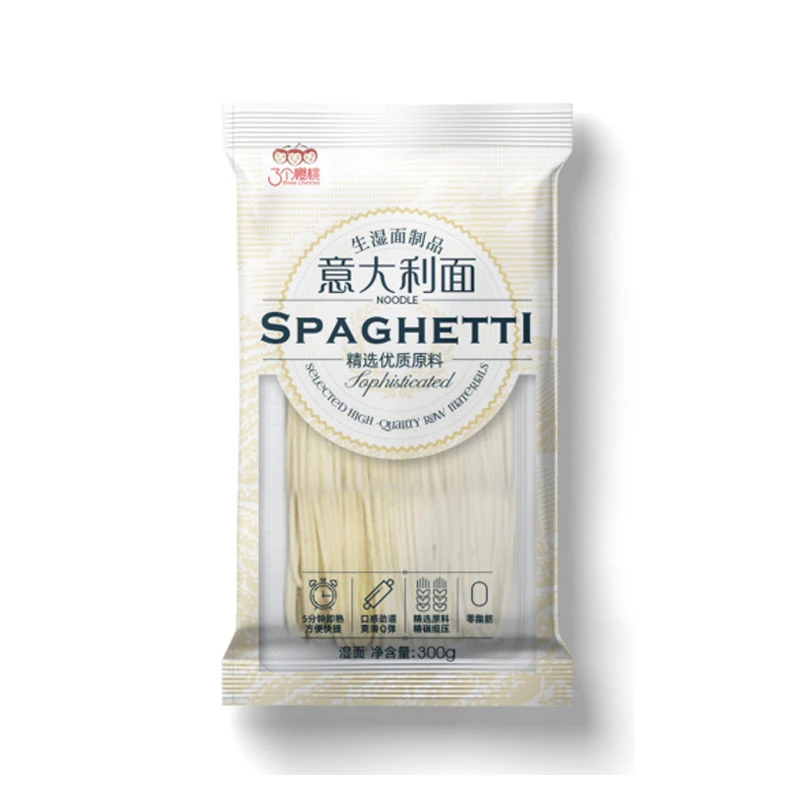Exploring the Delicious World of Western-Inspired Noodle Dishes and Recipes
The Allure of Western Noodles A Culinary Journey
Noodles, a staple in many cuisines around the globe, offer an incredible versatility that transcends borders. While many associate noodles with Asian cuisine, Western noodles have carved out their own unique identity, contributing to a rich tapestry of flavors and culinary traditions. From comforting pastas to innovative noodle dishes, the world of Western noodles is a fascinating topic worthy of exploration.
A Brief History
The history of Western noodles can be traced back to ancient civilizations. While pasta, particularly in Italy, often comes to mind, noodle-like dishes have roots in various Western cultures. Ancient Greeks and Romans enjoyed a form of noodle known as lagana, which is essentially a layered dough mixture. The culinary technique of combining flour and water or eggs to create a dough has evolved over centuries, leading to a variety of noodle styles and recipes.
As trade routes expanded, the influence of Asian noodles began to merge with European traditions, leading to the distinct types of noodles we see today. Italian pasta, Spanish fideos, and Eastern European egg noodles all showcase the diversity of Western noodles, each with unique ingredients and preparation methods.
Types of Western Noodles
One cannot discuss Western noodles without highlighting the various types that have become beloved around the world. Italian pasta is perhaps the most renowned, offering over 600 shapes and sizes, each suited for different sauces and dishes. From spaghetti to fettuccine, the choices are endless, allowing for creativity in the kitchen. One of the most popular dishes, spaghetti carbonara, features long strands of noodles dressed in a creamy sauce made with eggs, cheese, and crispy pancetta—simple yet satisfying.
In addition to pasta, there are the delightful offerings of the Eastern European tradition, where egg noodles reign supreme. Dishes like chicken noodle soup or beef stroganoff highlight the heartiness and comfort these noodles bring. Often served alongside ingredients like hearty meats and fresh vegetables, these noodles truly embody a sense of home and warmth.
Another notable mention is the Spanish fideuà, a dish similar to paella but featuring short noodles instead of rice. Traditionally cooked in a shallow pan with seafood and flavored with saffron, fideuà exemplifies the spirit of communal dining often found in Spanish culture.
western noodles

Culinary Innovations
As global culinary trends continue to evolve, Western noodles have also adapted, showcasing a fusion of flavors and techniques. Chefs are increasingly experimenting with unconventional ingredients, such as whole grains, vegetables, and alternative flours, to create nutritious and flavorful noodles. Zucchini noodles, for example, have become a popular low-carb alternative, allowing health-conscious eaters to enjoy their favorite pasta dishes guilt-free.
Moreover, the concept of global noodles has emerged, where traditional Western sauces and ingredients are paired with Asian-inspired noodles. Dishes like spicy peanut noodle salad or Mediterranean-style ramen illustrate this innovative approach, attracting food enthusiasts eager to experience exciting flavor combinations.
The Cultural Significance
Beyond their delicious taste, Western noodles have a deeper cultural significance. In Italy, pasta is often associated with family gatherings, showcasing the warm and inviting nature of Italian cuisine. It is not just about the food; it’s about the connections and memories created around the dining table. Similarly, in Eastern Europe, hearty noodle dishes symbolize comfort and tradition, often passed down through generations.
The act of making noodles can also be a bonding experience. Families gather to knead dough, roll out sheets, and cut them into their desired shapes, creating a sense of togetherness and shared culinary heritage. This hands-on approach highlights the importance of food in nurturing relationships and preserving cultural practices.
Conclusion
In conclusion, Western noodles represent far more than just a meal; they embody a rich history, diverse culinary influences, and cultural significance. From Italian pastas to Eastern European egg noodles, each variation offers a unique exploration of flavors and traditions. Whether you enjoy a classic spaghetti bolognese or experiment with a fusion noodle dish, there is no denying the allure of Western noodles. They continue to bring people together around the table, celebrating the joy of good food and great company. So, the next time you twirl your fork around a plate of pasta or slurp some comforting noodles, remember the journey that brought those delightful strands to your table.
-
The Wholesome Delight of Organic NoodlesNewsAug.15,2025
-
The Vibrant Delight of Spinach NoodlesNewsAug.15,2025
-
Savor the Spicy Delight of Hot Pot NoodlesNewsAug.15,2025
-
Savor the Chill with Irresistible Cold NoodlesNewsAug.15,2025
-
Indulge in the Authentic Delight of Udon NoodlesNewsAug.15,2025
-
Dive into the Delicious World of Cart NoodlesNewsAug.15,2025
-
Unlock the Delicious Potential of Yam NoodlesNewsAug.11,2025
Browse qua the following product new the we







